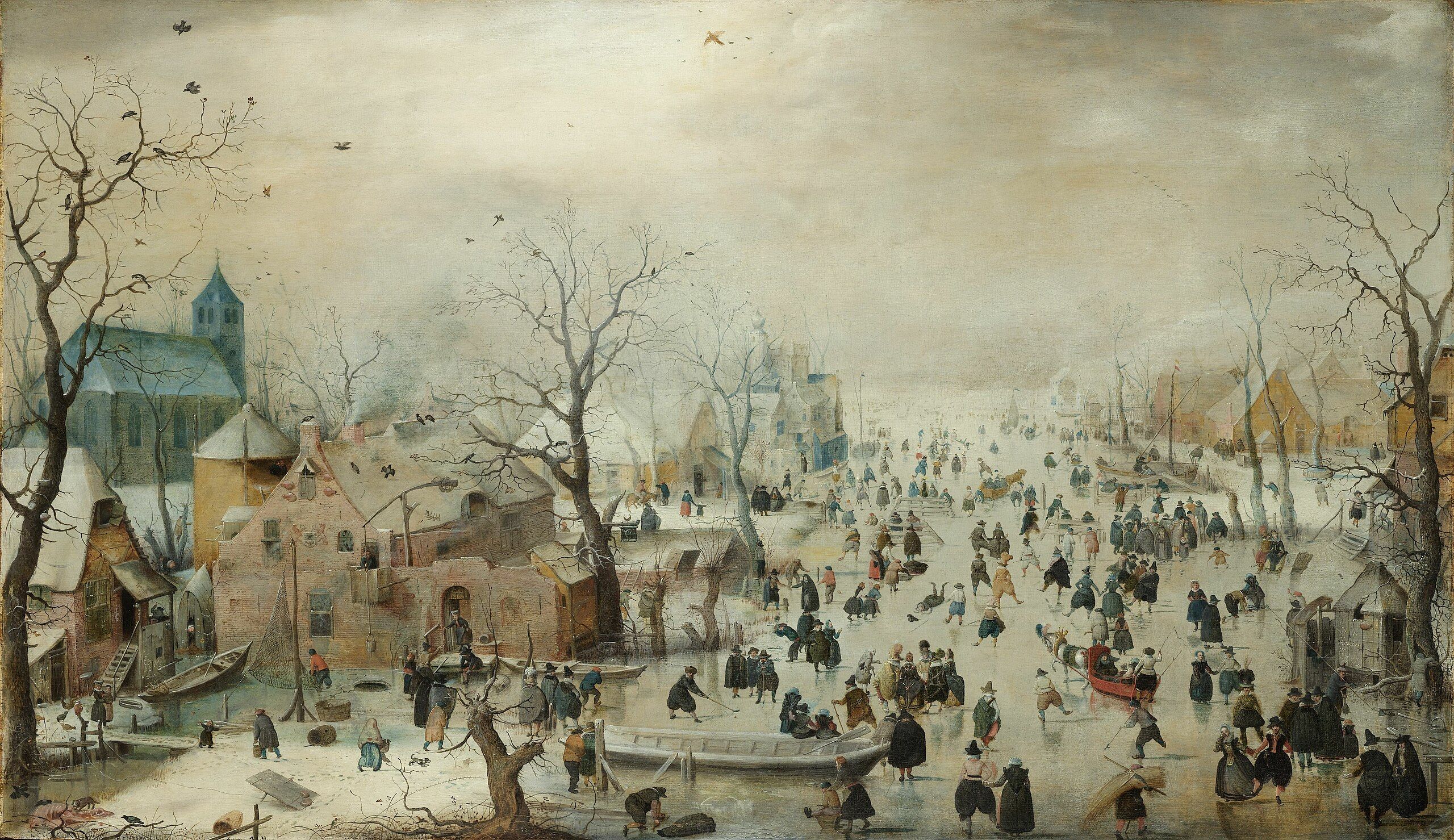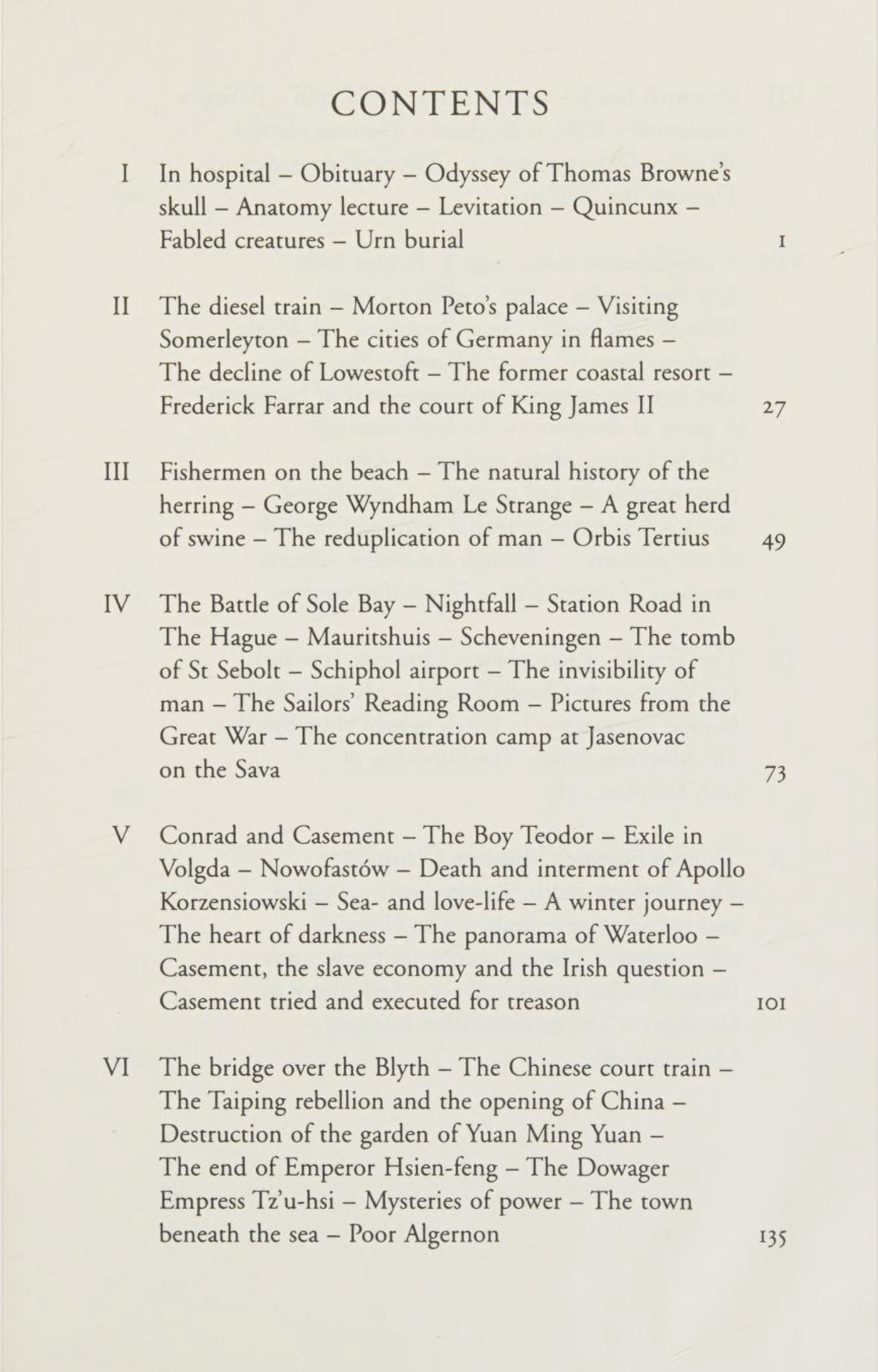A Rumination
August 30, 2023 Blogging Website Maggie Appleton Matt Webb W.G. Sebald Hendrick Avercamp
Keeping a blog in the long-term means periodically rethinking what it’s for. It’s never done, that’s for sure.
 A beautifully messy painting by Hendrick Avercamp
A beautifully messy painting by Hendrick Avercamp
Over the years, this page has steadily evolved from a kind of diary to something more like a public notebook: When I find something that sparks my interest, I will often create a post to either link to it, or to share some thoughts on whatever I’ve encountered. It’s what Matt Webb has called “having thoughts in public”.
Last month, I added a sentence to the front page that notes down some of the things I’m currently the most interested in. Let’s call it a mission statement of intent: A list of topics I care about, have written about, and plan to write about in the future.
The fascinating aspect of collecting all these links, ideas, and text snippets is that over time, some themes emerge: Concepts that I keep coming back to, that I get to weave together into an ever-expanding quilt of ideas. As with photography, I’m learning that its the context that matters: An individual snippet is great, but its the contextualization where it all starts to sing.
I keep a list of books I want to read, and I’ve long had W.G. Sebald’s The Rings of Saturn on it. On my recent trip to Spain, I remembered it because a friend was reading that same exact book, which chronicles the author’s walk through rural England and the various ideas the walk sparks for him. When I came home, I looked up the book and got stuck on the table of contents. And man, if it isn’t perfect:
 Table of Content from W.G. Sebald’s Rings of Saturn
Table of Content from W.G. Sebald’s Rings of Saturn
What I ultimately want this whole endeavor to become is exactly what that TOC promises: A kind of rumination through the various topics and interests that I keep encountering, both online and offline, with nothing ruled out out by principle, no matter if that happens to be Lithuanian photography, the Spanish Civil War, or timekeeping in revolutionary France. It might not seem connected, but it is in my brain. And what more do you want from a person’s website?
There’s an idea making the rounds that blogs shouldn’t be chronological feeds of “posts”, but a much loser collection of entries, unconstrained by time. This is commonly referred to as a “Digital Garden” and the blogger Maggie Appleton describes it as follows:
They’re not following the conventions of the “personal blog,” as we’ve come to know it. Rather than presenting a set of polished articles, displayed in reverse chronological order, these sites act more like free form, work-in-progress wikis.
A garden is a collection of evolving ideas that aren’t strictly organised by their publication date. They’re inherently exploratory — notes are linked through contextual associations. They aren’t refined or complete - notes are published as half-finished thoughts that will grow and evolve over time. They’re less rigid, less performative, and less perfect than the personal websites we’re used to seeing.
When I started out blogging many years ago, I shared the general notion of posts being a finished entity: You would write them, adorn them with an image, press publish, and that would be it. They would “go live” on the day of publication and get time-stamped accordingly. Sure, you could go back to edit a typo, but you wouldn’t retroactively change the overall message.
Looking back at it now, I think it was treating the blog too much like the printed magazine I was working for: We had a real pride about finishing each page, a deep satisfaction of having given edges to a though process, and to have obsessed over each detail while wrapping up the magazine. Of course you couldn’t make any changes after it went to press.1
The truth is that the digital space is entirely unlike a printed magazine—in fact, I think the metaphor of the printed page (or of the “web page” if you will) has been holding back websites. These pages aren’t printed, which means they are never actually finished. And that actually means I can use them for get to the bottom of some gnarly questions, like ”What is history” or ”Why do we choose to forget”.
The rumination, in order words, never reaches an end point. Instead, we keep going in circles, revisiting and revising ideas. The journey is very much the destination.
Don’t get me wrong, I think there’s something beautiful about finishing something, in particularly about determining what is worth publishing and what isn’t.↩︎